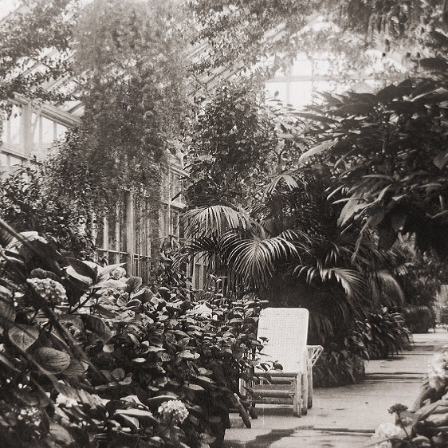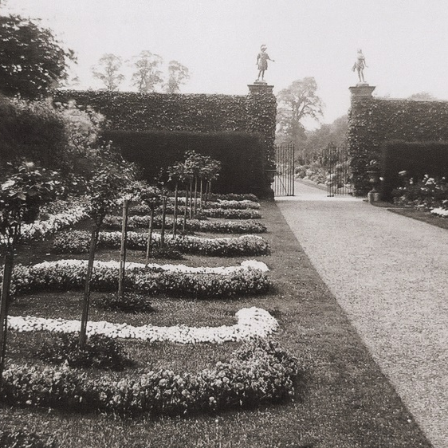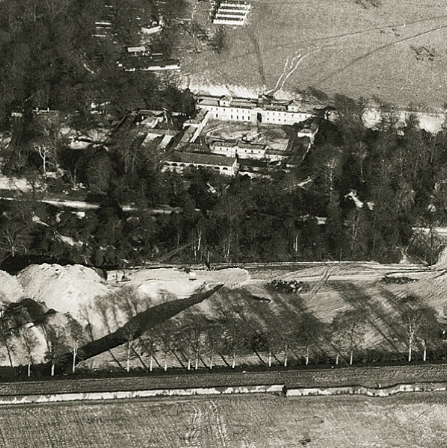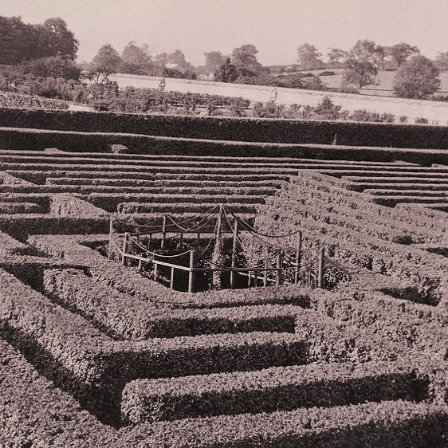The Garden Today
The gardens as they stand today are scarcely recognisable from the overgrown tangle we inherited almost four decades ago.
Once the green veil of ivy and bramble was swept aside, their hidden beauty began to emerge.
Careful cultivation and a managed programme of restoration and regeneration have seen the gardens elevated to RHS Partner Garden status, with their future now assured for generations to come.
Major renovation projects undertaken over several decades have gradually transformed the gardens from an overgrown wilderness, into their beautiful present-day state. Under the current stewardship of head gardener David Pike and his team of dedicated volunteers, the garden is truly a delight to behold the seasons round.
With so much to discover around every corner including a bear pit, statuary, fallow deer, maze, rock and Italianate gardens, ponds, pools, fountains and more, these romantic gardens offer something to explore for all the family throughout the seasons.
Summer
10 am - 5 pm
Last entry 4.30 pm
Winter
10 am - 4 pm
Last entry 3.30 pm
Adults- £2.95
Children (under 1s free) - £2.25
Concessions - £2.25
Season Tickets - Please enquire


Discover the Gardens
-
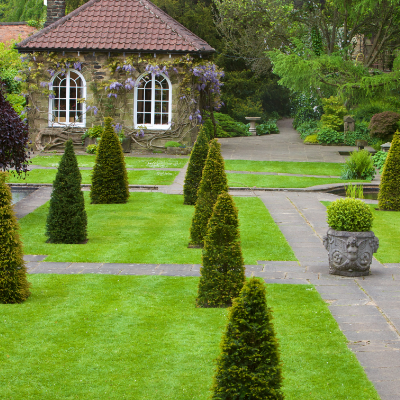
Italian Garden
The formal Italianate Garden is the setting for Lady Maud’s beautiful tea house. Various topiary shapes create structure that gives way to the billowing herbaceous border that frames the tranquil canal pond.
-
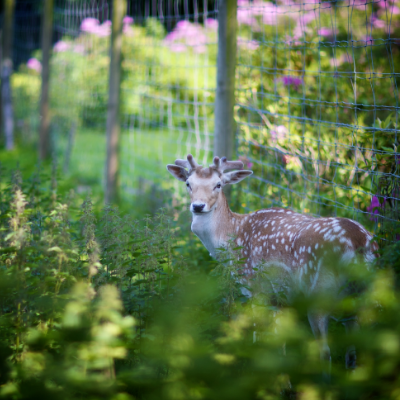
Deer Paddock
This large paddock is home to our small herd of beautiful Fallow deer. A much larger herd of red deer roam the wider parkland that surrounds Wentworth Woodhouse.
-
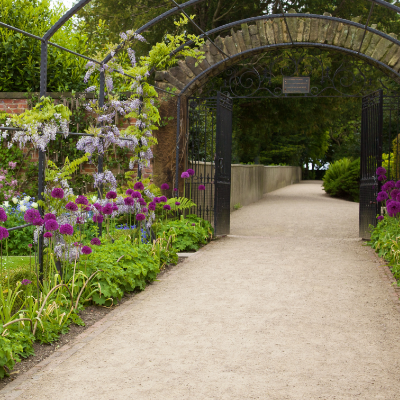
Rose Arch
This seventy five metre long Rose arch was recently commissioned and installed with accompanying planting that frames the entrance to the garden.
-
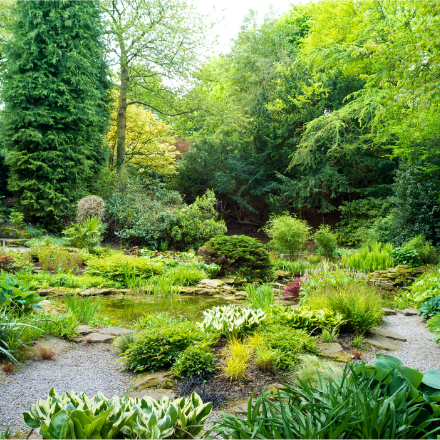
Rock Garden
This intimate space created within a former quarry features rockeries, statuary, duck houses, ponds, pools and cascades. The accompanying planting scheme includes hosta and fern collections, drifts of astilbes, primulas and grasses alongside specimen Japanese acers.
-
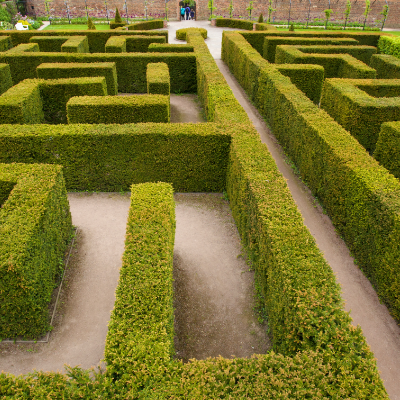
Millennium Maze
Completely redesigned and replanted with yew in conjunction with Fitzwilliam Wentworth Estates, on the site of the original privet maze which had been ‘grubbed’ out shortly after WWII.
-
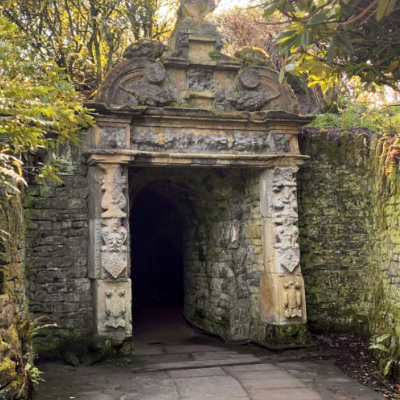
Bear Pit
Often mistaken for an ice house, this enigmatic building has intrigued visitors for generations. There are references to bears being kept there as late as the early twentieth century. The beautifully carved stone Jacobean entrance surround dates back to the 1630s.
-
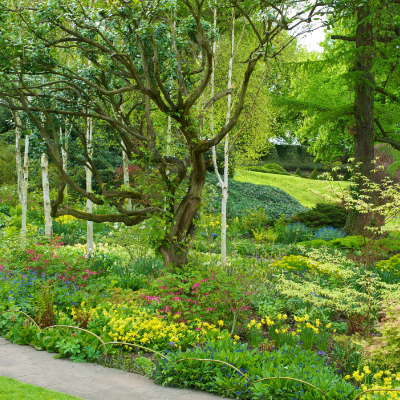
Spring Borders
These twin, birch studded borders are replete with snowdrops in late Winter that give way to varieties daffodil and Spring perennials as the season progresses.
-
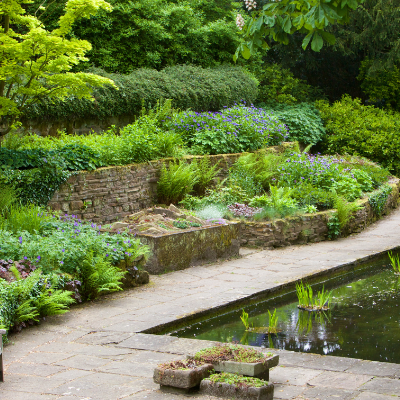
Sunken Garden
Major rebuilding works were undertaken to stabilise the collapsed terraces which have been replanted to frame the rectangular pond that nestles beneath the towering chestnut tree.
Garden History
Historically speaking, a fundamental aspect of any grand country house was its accompanying kitchen or productive garden. Wentworth Woodhouse was no exception, with the great kitchen garden originally laid out and formalised by notable York architect, John Carr, in around 1725.
Foundations for the 12 foot high perimeter walls were begun with the North and South facing walls being designated ‘hot’ walls - they once contained an ingenious system of heated flues. Glasshouses erected against these walls would have supplied the finest and most delicate fruits such as peaches, melons, grapes, pineapples and apricots, a major challenge for gardeners of the day.
By 1850 there were 36 gardeners, with ages ranging from 16-69, working under head gardener Joseph Henderson. It was during this period under the direction of Lady Maud Fitzwilliam (d.1967) wife of the 7th Earl, that the gardens took on the main framework that still exists today with the addition of pools, cascades, verdant planting schemes and the creation of a beautiful rock garden.
There was a time though, not so long ago, when all was not so ‘rosy in the garden’.
The war years were especially cruel to many of Britain’s great gardens. Some survived, many were sadly lost, never to be reinstated when their existence was challenged as life changed forever following the war.
Wentworth was no exception, clinging on desperately by its very fingertips, gradually succumbing to the decades of neglect and decay. Intensively cultivated areas and beautiful woodland rides were swallowed up in the late 1940s as ruthless open-cast mining operations ravaged the land, quite literally up to the back doorstep of Wentworth Woodhouse.
The creation of the garden centre in 1976 provided a lifeline for the garden. A continuous programme of investment over the past four decades by ourselves has seen the garden, which upon our arrival was beyond derelict, restored to its former glory.
We are committed to further restoration work and development of additional areas, bringing these little-known, yet truly beautiful gardens back from the brink.
Nature Notes
An extensive and ongoing list of species encountered and identified within our historic gardens, compiled by resident expert, Steve Rutherford and his dedicated team.
Find out more here.
Historic Garden Tours
Are you a member of a garden group or historical society? We offer bespoke tours tailored around your group’s requirements from April to September.
For more information please contact us.
RHS Partner Gardens
We are delighted to have recently been accepted into the prestigious RHS Partner Garden Scheme which entitles all RHS members to FREE ENTRY year round to our gardens upon production of membership card.
Gardening Volunteers
Are you a keen amateur gardener or even an enthusiastic beginner with a few hours to spare each week? Includes flexible hours, fringe benefits and more.
For more information please contact us.








